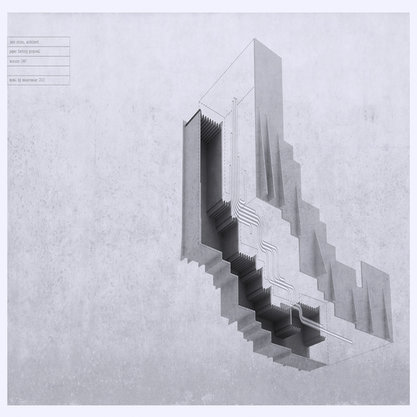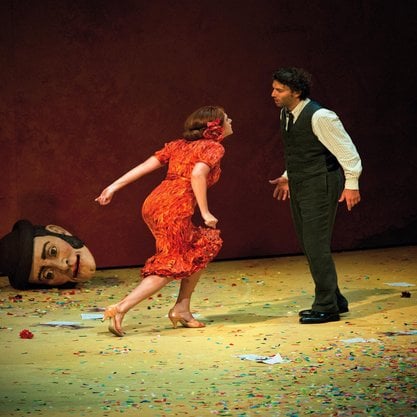Article
Yiddish Literature 1864–1939 By Mahalel, Adi
Article
The most important writer of old Yiddish literature was Elijah Levita (a.k.a. Elye Bokher, 1469–1549), who adapted the Italian version of the chivalric romance Bevis of Hampton into a Yiddish version known as the Bovo-bukh (1541). The Hasidic movement produced Yiddish literature that is significant for religious and secular readers alike. The most prominent Hasidic Yiddish literature, Sefer sipurey mayses [The Book of Tales, 1815], was by the Hasidic leader Nahman of Bratslav (1772–1811). From the late 18th century onward the Haskalah or Jewish Enlightenment movement pushed for Jewish acculturation in Europe, pursued the promise of emancipation and equal rights, and promoted reform in Jewish education as well as the progress of Jews through the adoption of modern ‘useful’ professions. Modern Yiddish literature can be said to have been invented during the late 1880s by Sholem Aleichem.


